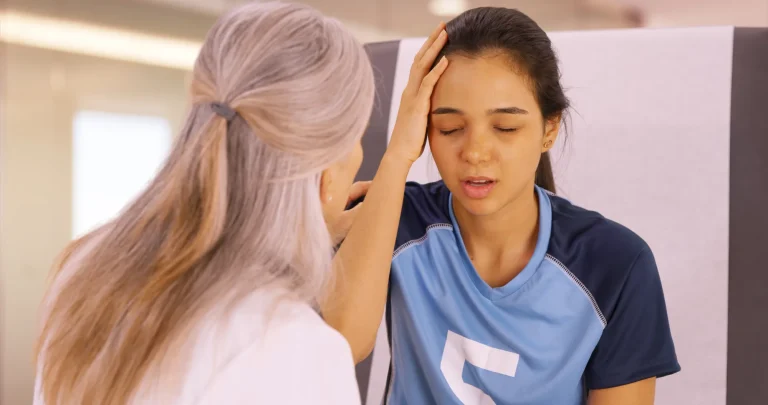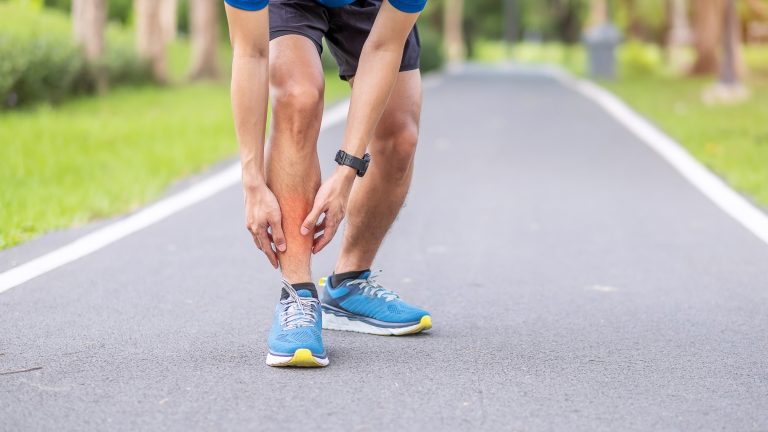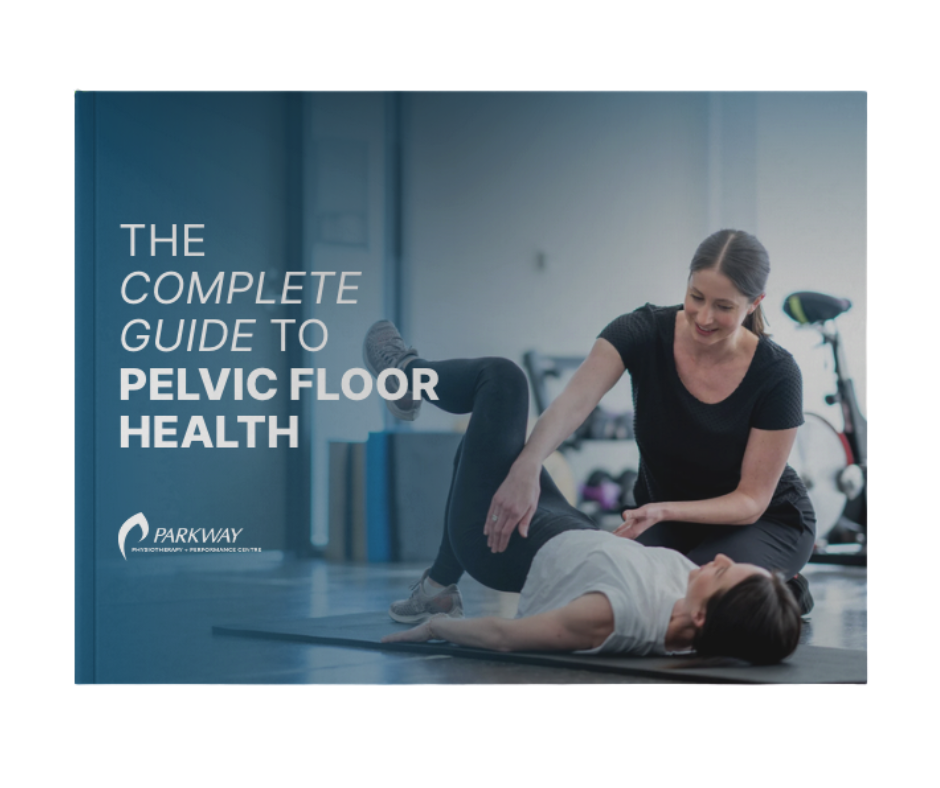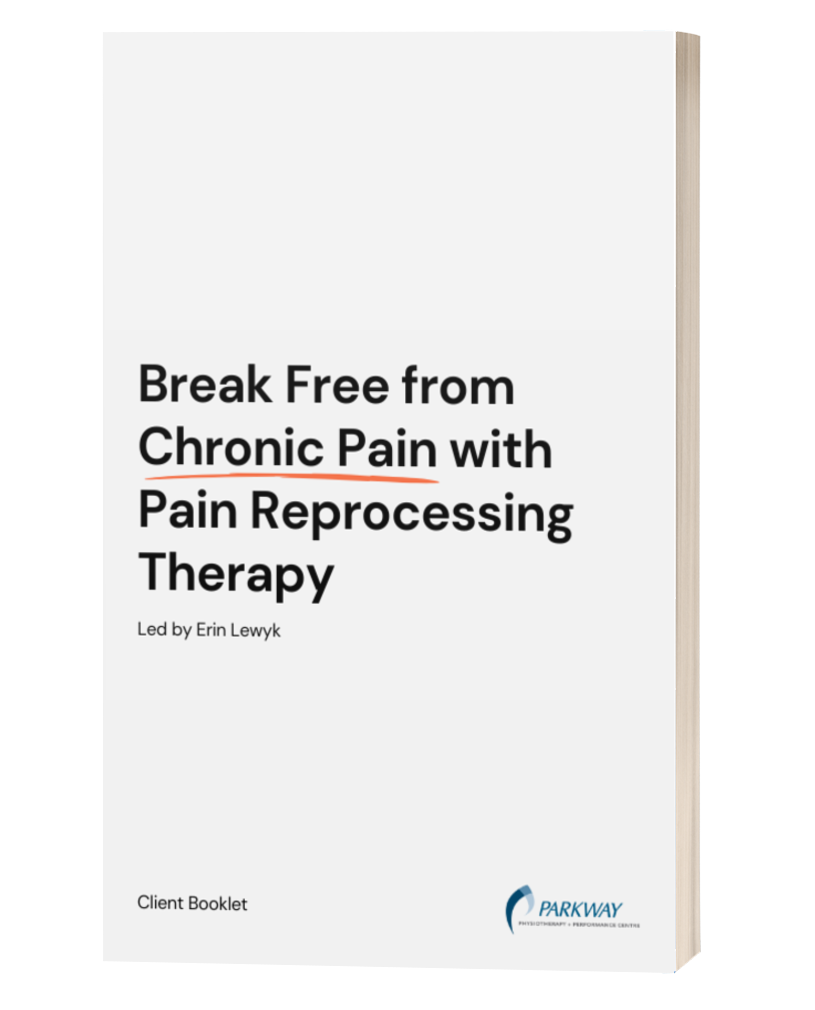Rachel Rubin-Sarganis MScPT | Physiotherapist | Parkway Physiotherapy Tuscany Village
What Are Growth Plates?
Growth plates are cartilage zones at the ends of long bones, including those in the fingers.
- These plates are responsible for bone lengthening until they close at the end of puberty.
- Because cartilage is softer than mature bone or tendon, growth plates are structurally weaker than the ligaments and pulleys around them.
Why They Are Common in Young Climbers
Unlike adults, children and adolescents have stronger finger tendons and pulleys relative to their not-yet-ossified bone ends.
- When a climbing move applies high tension, the weakest link is the growth plate rather than the tendon or pulley.
- Repetitive stress from campus boarding, full crimping, and dynamic moves causes tiny separations (Salter-Harris type I or II injuries) or even stress fractures.
- This explains why growth plate injuries outnumber pulley ruptures in youth climbers—a pattern consistently highlighted in pediatric sports medicine
How to Recognize the Injury
Typical presentation:
- Gradual onset of deep, dull pain at the base of the finger (usually the middle finger).
- Pain worsens with climbing and can linger during daily tasks.
- Local tenderness or swelling at the growth plate line.
- Pain on resisted finger flexion or when using a full crimp.
Diagnostic Pathways and Imaging
Early, accurate diagnosis is essential to protect the growing bone. The recommended algorithm from pediatric hand and climbing sports literature generally includes:
Clinical assessment
- History of climbing loads and symptom onset
- Palpation of the physis for localized tenderness
- Functional testing (resisted finger flexion)
Initial imaging
- Plain X-ray (anteroposterior and lateral views) to identify widening of the physis or Salter-Harris fracture lines.
- Normal early X-rays do not rule out stress injury.
Follow-up imaging
- MRI is the gold standard when X-rays are normal but pain persists. It shows edema, early stress changes, or subtle fractures.
- Ultrasound may be used in some centers to detect thickening or fluid at the growth plate.
Decision algorithm
- If pain is focal and imaging is positive or strongly suspected: immobilize and rest for 4–6 weeks.
- If imaging is inconclusive but symptoms remain, treat as a growth plate stress injury with rest and progressive rehab.
This staged approach—clinical suspicion first, X-ray as screening, MRI for confirmation—is described in recent sports medicine reviews and is now widely used in youth climbing medicine.
Recovery and Return
Management combines protection, graded loading, and long-term prevention.
- Acute phase: Complete rest from climbing for 4–6 weeks. Light buddy taping only for comfort if advised.
- Early rehab: Pain-free tendon glides, gentle range-of-motion drills, and intrinsic hand activation.
- Strength phase: Gradual loading with open-hand hangs, lumbrical lifts, and reverse finger curls.
- Return-to-climb: Start with easy jugs and open-hand grips; progress intensity slowly (no more than 10 % per week).
Prevention for Young Climbers
- Delay intensive campus boarding and double dynos until growth plates close.
- Limit consecutive days of hard bouldering and include at least 2 rest days per week.
- Warm up thoroughly with progressive loading and easy climbing.
- Maintain balanced nutrition with calcium, vitamin D, and protein, and prioritize sleep for bone growth and remodeling.
- Incorporate scapular, core, and intrinsic hand strength training to spread forces.
Supportive Exercises
| Exercise | Purpose | Frequency |
| Tendon Glides | Maintain finger mobility and reduce adhesions | Daily |
| Lumbrical Lifts & Finger Splay | Improve intrinsic strength and force distribution | 2–3×/week |
| Reverse Finger Curls | Strengthen extensors to balance flexor load | 2×/week |
| Scapular Stability Drills | Offload finger stress and improve movement control | 2–3×/week |
Key Ideas
- Growth plate injuries are specific to athletes who are still growing.
- Because their bone ends are weaker than the surrounding tendons and pulleys, these injuries occur more often than pulley ruptures in youth climbers.
- Early recognition, appropriate imaging, and structured rest-to-rehab progression protect future growth and allow a safe, strong return to climbing.

Written and reviewed by Rachel Rubin-Sarganis, MPT
Published on September 25, 2025
Last updated on September 25, 2025
Parkway Physiotherapy Tuscany Village
1646 McKenzie Ave #101, Victoria, BC V8N 0A3
Tel. 778-432-3333
Book directly with Rachel: parkwayphysiotuscanyvillage.janeapp.com/Rachel








